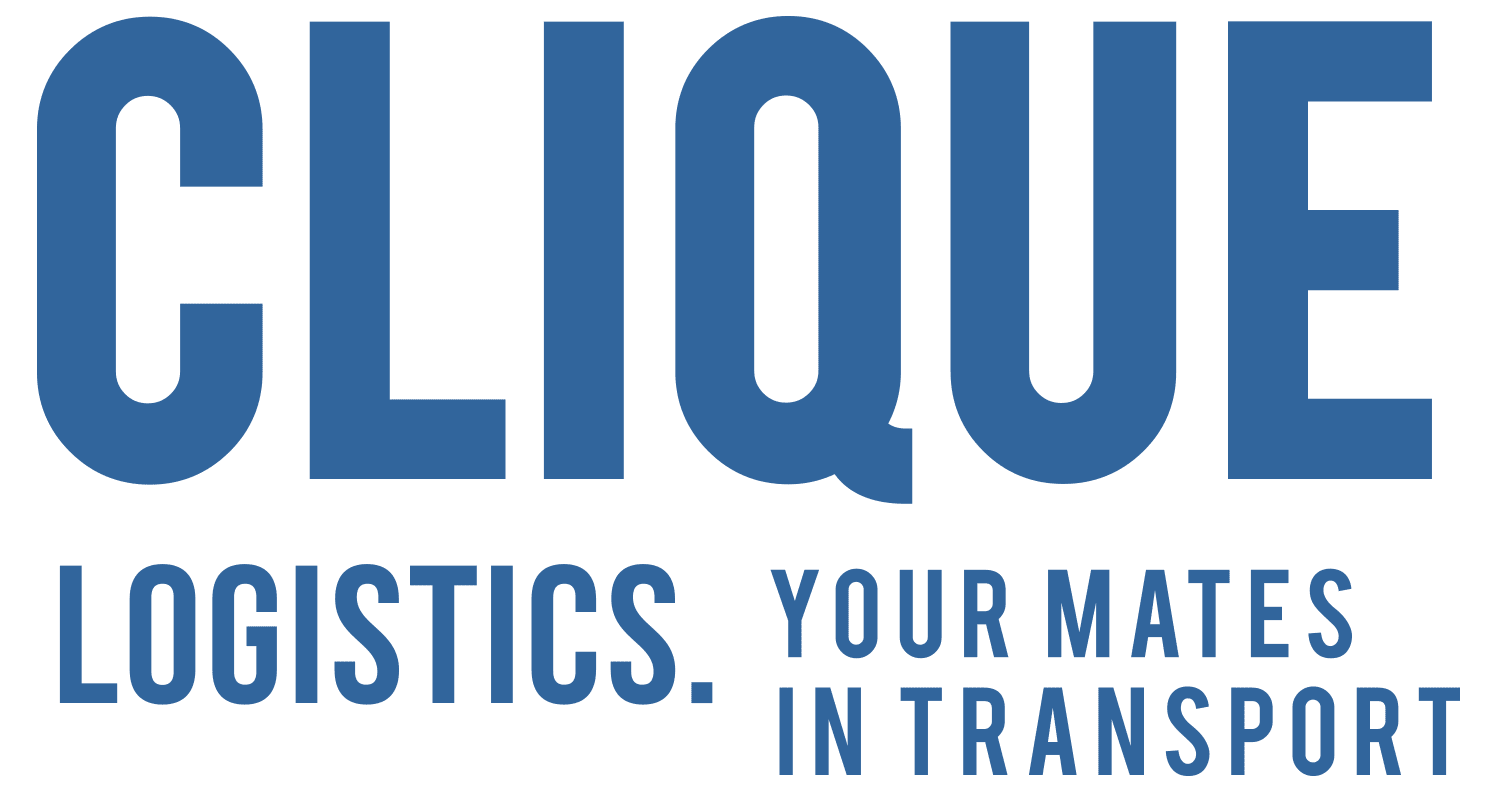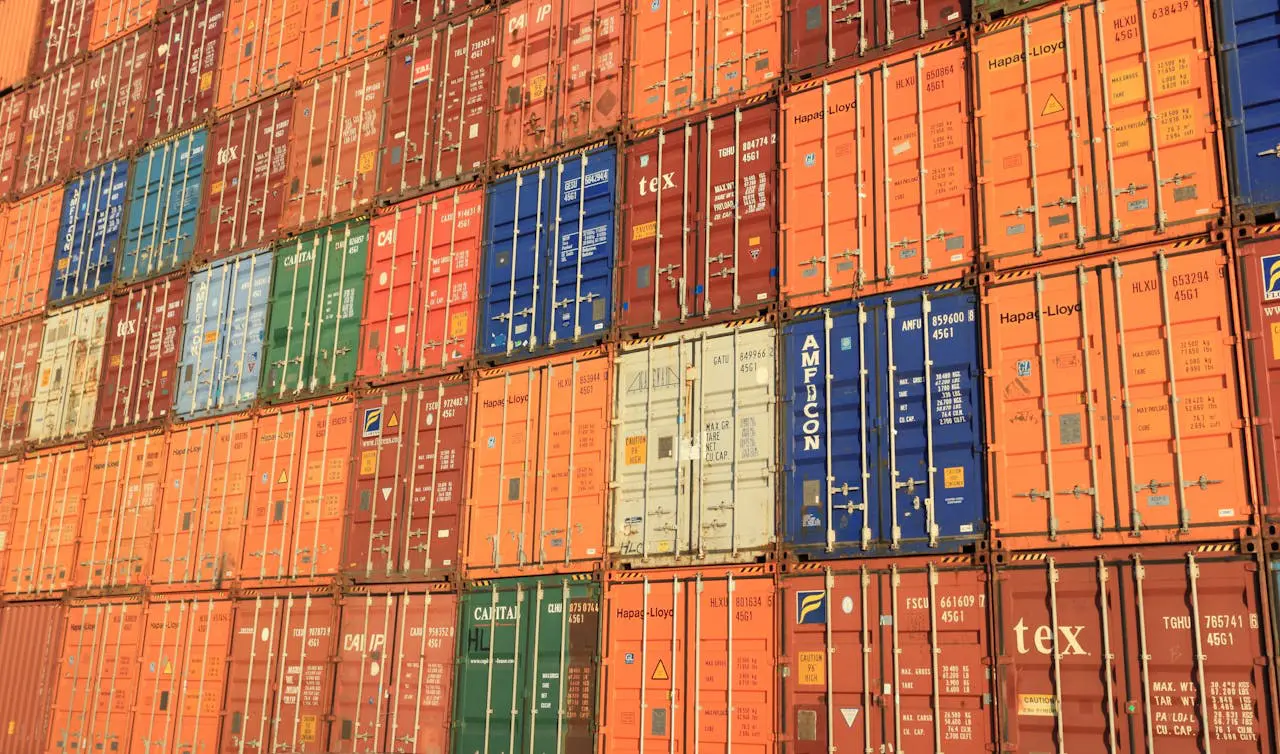Efficient logistics is crucial for any business that relies on transportation of goods. Ordering Full Truck Loads (FTLs) can be a game-changer, but it requires careful planning and execution. Here are some top tips to ensure you make the most of your FTL orders and streamline your logistics operations.
1. Plan Ahead
Planning your FTL orders well in advance is essential, especially during peak seasons. Early planning helps secure trucks and ensures you meet your delivery timelines. Don’t wait until the last minute – start organising your shipments today to avoid unnecessary stress and delays.
2. Know Your Requirements
Understanding your shipment details is crucial. Knowing the dimensions, weight, and any special handling requirements of your goods ensures accurate quotes from carriers and avoids last-minute surprises. Proper preparation is the key to a smooth shipping process.
3. Choose Reliable Carriers
Selecting reputable carriers with a track record of on-time delivery and excellent customer service can make a significant difference. Spend some time researching and checking reviews to ensure your goods are in safe hands.
4. Request Multiple Quotes
Getting quotes from several carriers allows you to compare prices, services, and transit times. This not only helps you negotiate better rates but also ensures you choose the best option for your logistics needs. Don’t settle for the first quote – explore your options.
5. Consider Consolidation
If possible, consolidate smaller shipments into one FTL. This approach can reduce costs and improve efficiency by maximising the use of truck space. Consolidation is a smart strategy for optimising your logistics budget.
6. Communicate Clearly
Clear communication with your carrier is vital. Provide detailed instructions regarding pick-up, delivery, and any specific requirements (like dangerous goods) your shipment might have. Clear instructions help avoid misunderstandings and ensure a seamless execution.
7. Confirm Capacity
Make sure the carrier has the capacity to handle your shipment’s size and weight. This step prevents delays and ensures your goods are transported safely. Double-checking capacity helps keep your logistics operations running smoothly.
8. Review Contracts and Terms
Before finalising your order, thoroughly review the carrier’s contract terms, insurance coverage, and liability policies. Understanding what’s covered and knowing the steps to take in case of any issues during transit can save you a lot of trouble down the road.
9. Track and Monitor
Utilise the tracking services offered by carriers to monitor your shipment’s progress. Staying informed allows you to address potential delays promptly and ensures peace of mind. Keeping an eye on your cargo every step of the way is essential for effective logistics management.
10. Provide Feedback
After your shipment is complete, take the time to provide feedback to the carrier or broker. Whether positive or constructive, your insights help improve future interactions and build strong working relationships. Your feedback is valuable and can contribute to better service in the future.
By following these tips, you can optimise your FTL orders and enhance the efficiency of your logistics operations. Proper planning, clear communication, and choosing the right partners are key to successful full truckload shipments. Make these strategies a part of your logistics playbook and see the difference they make in your supply chain.





